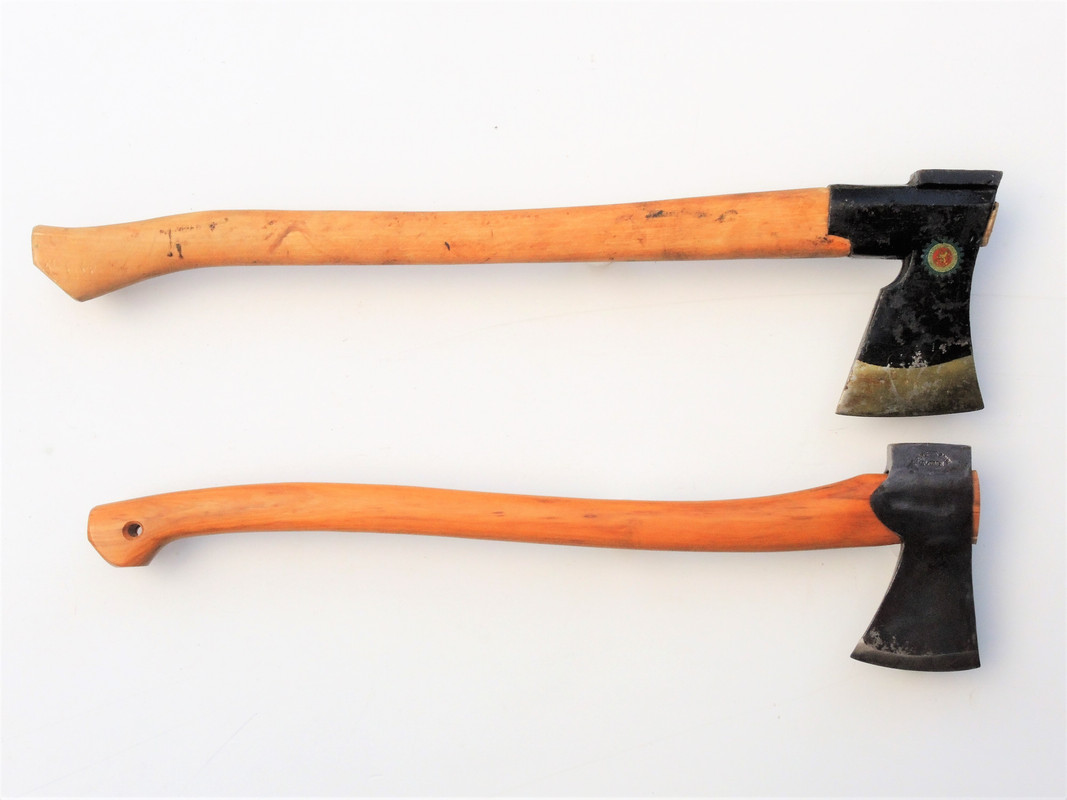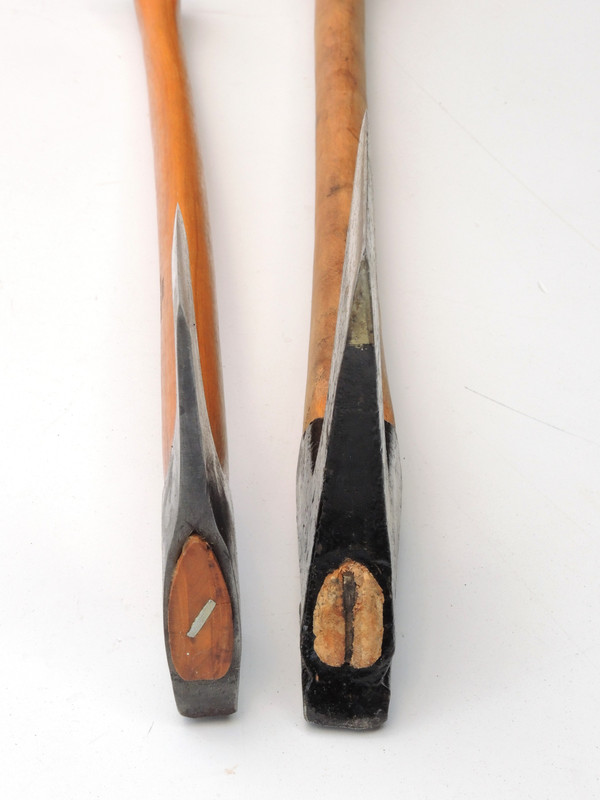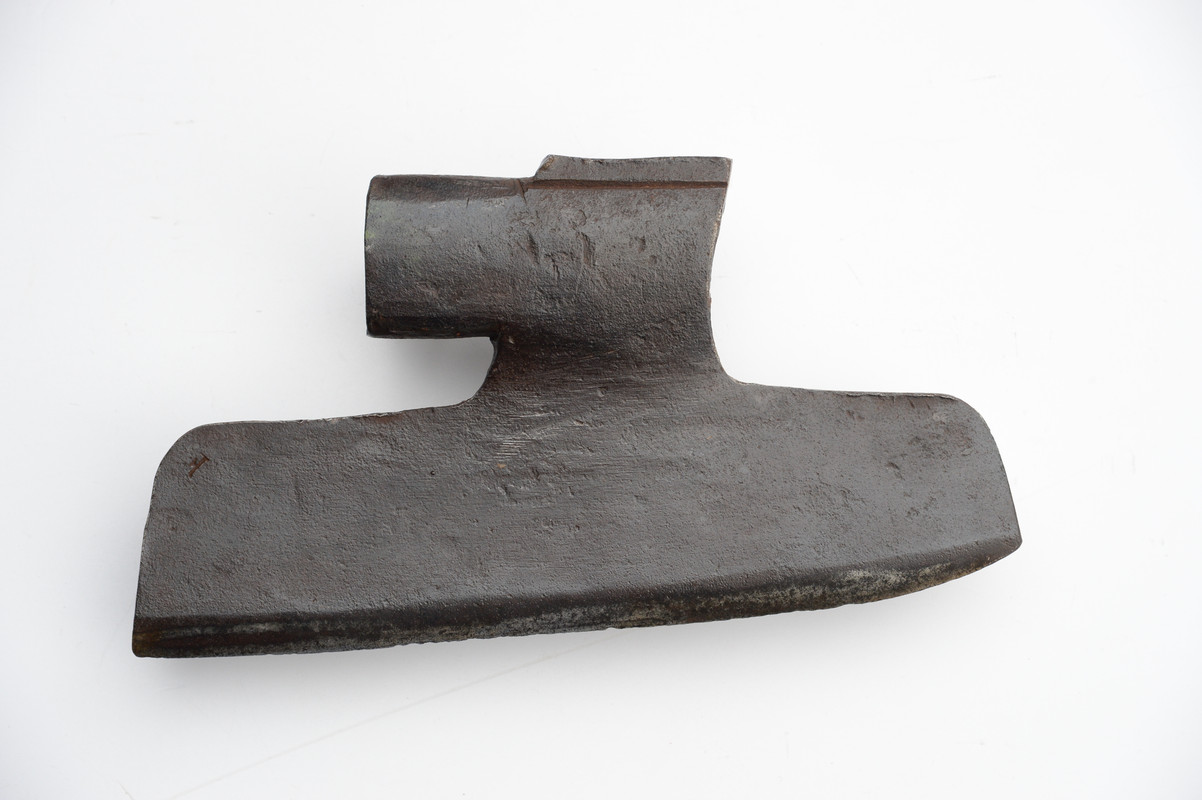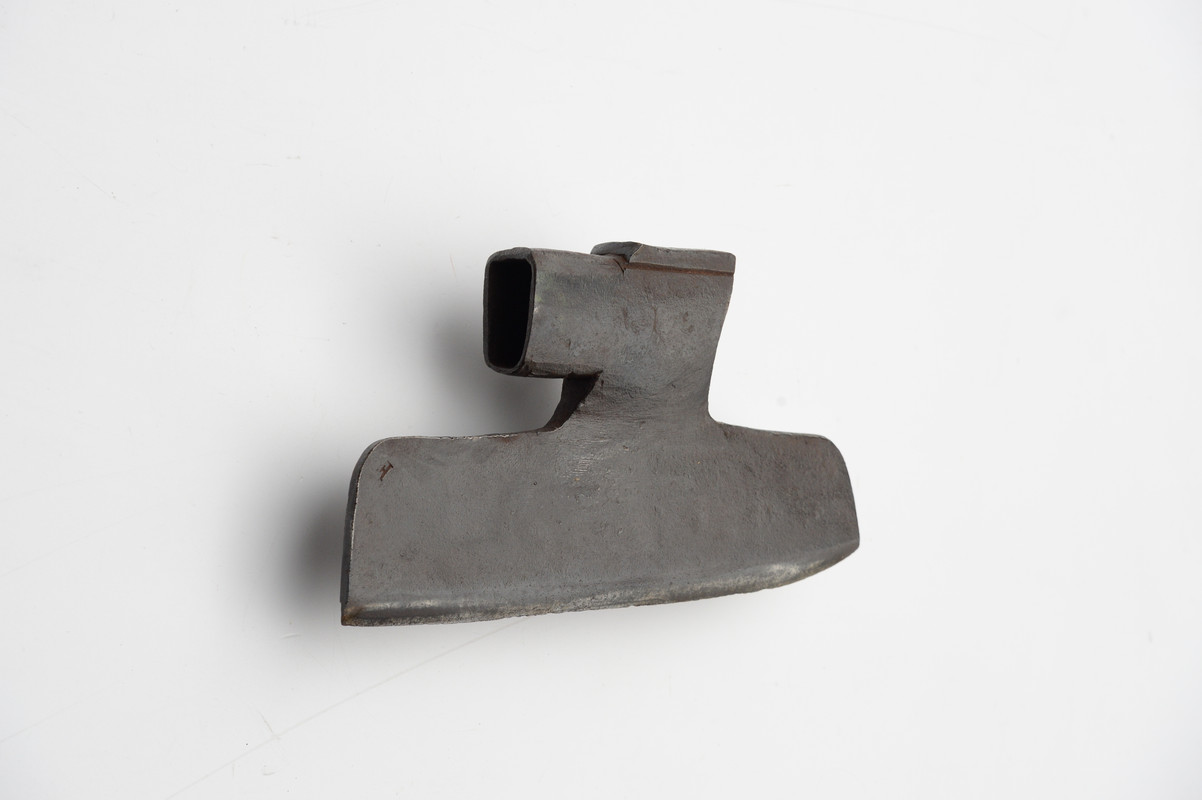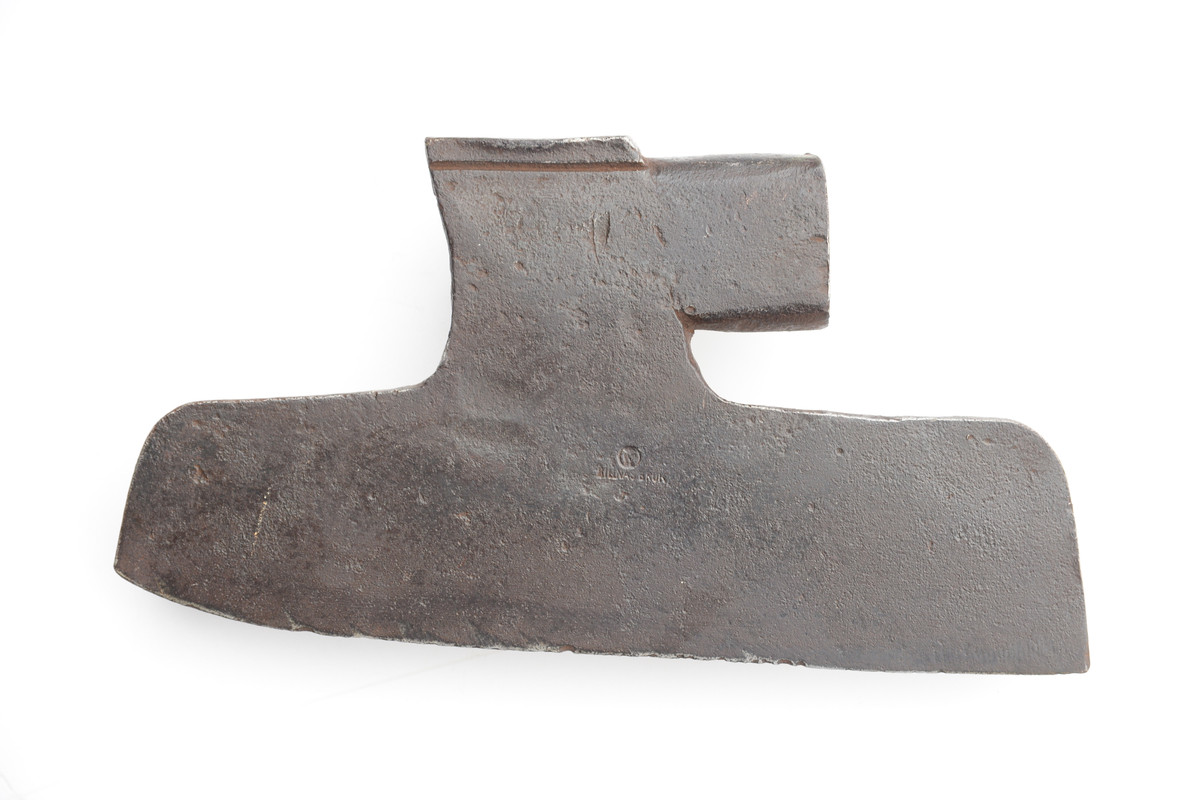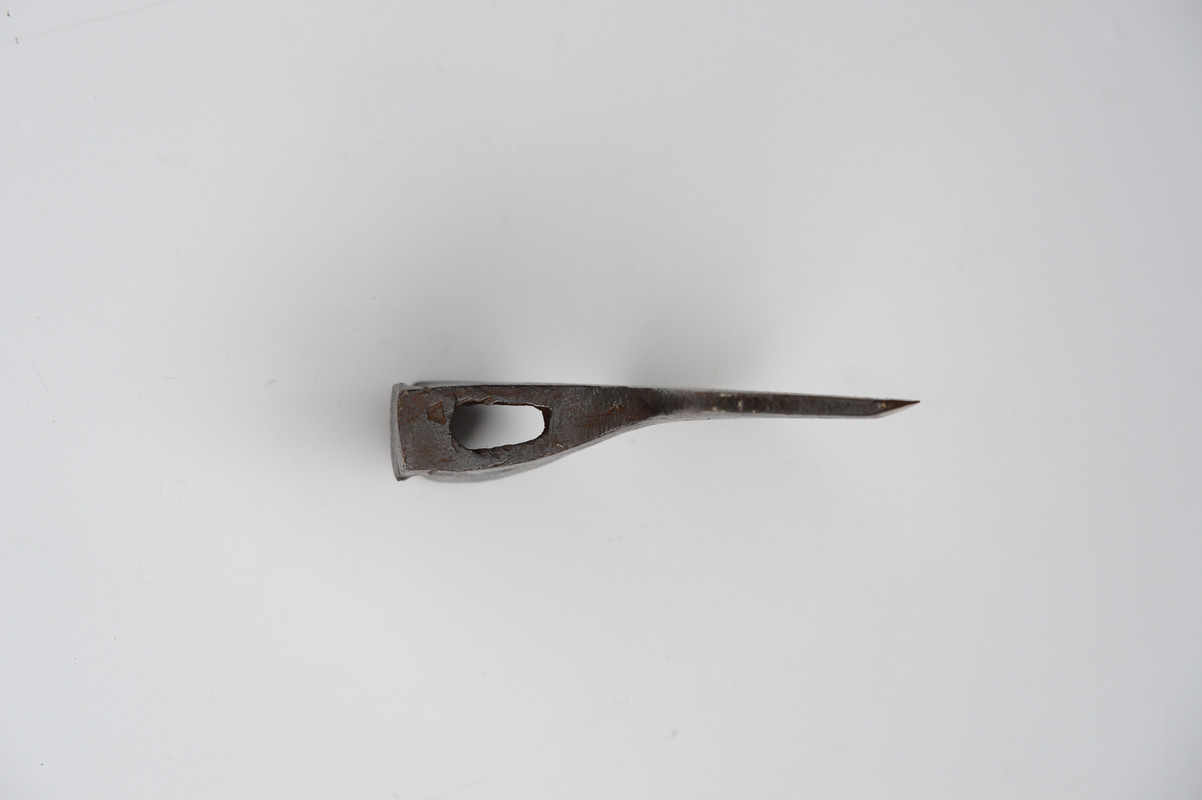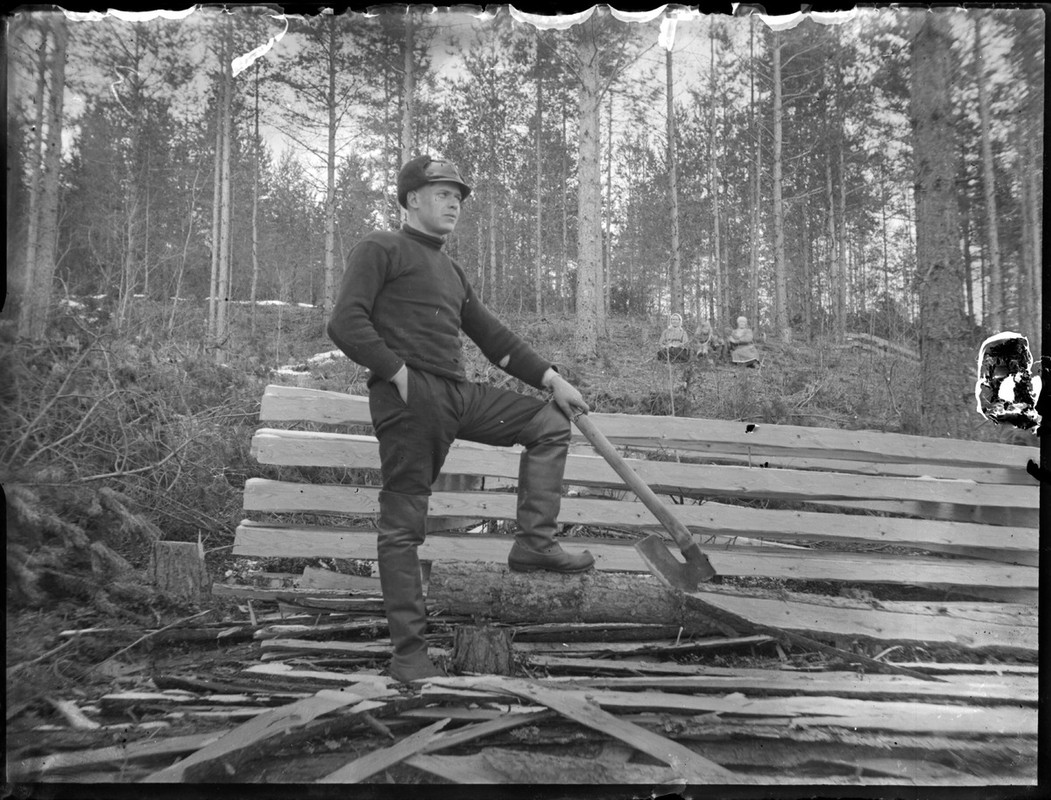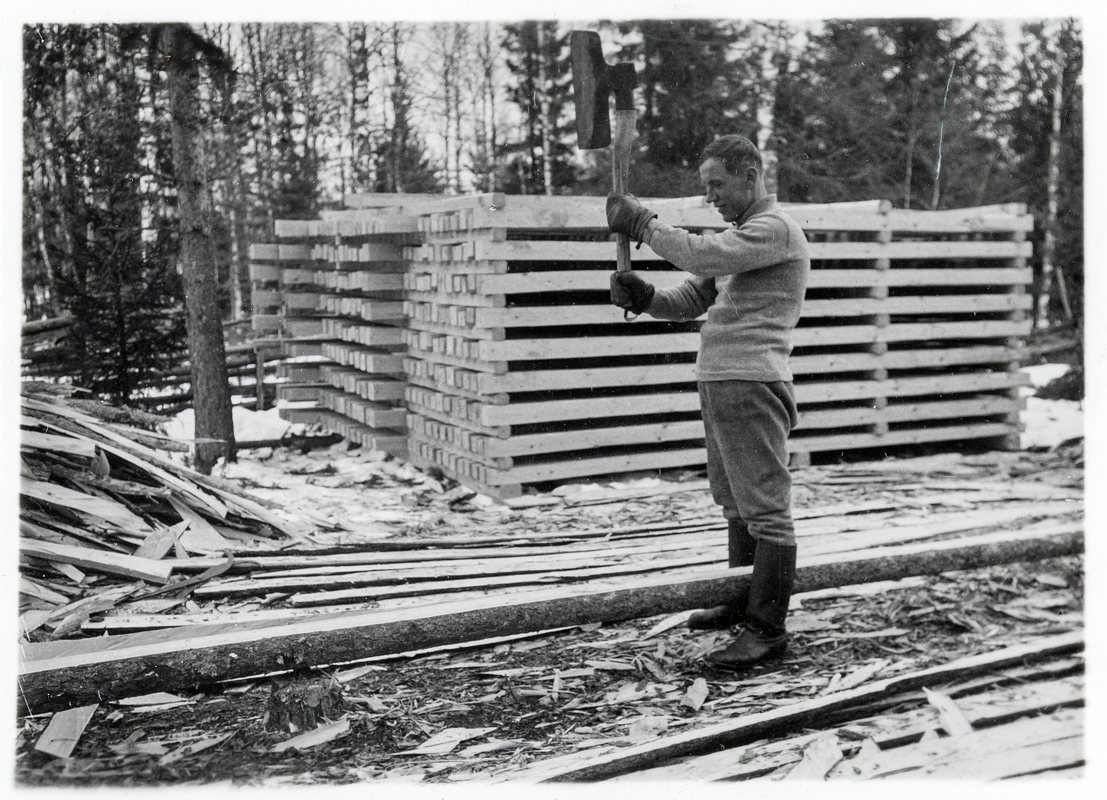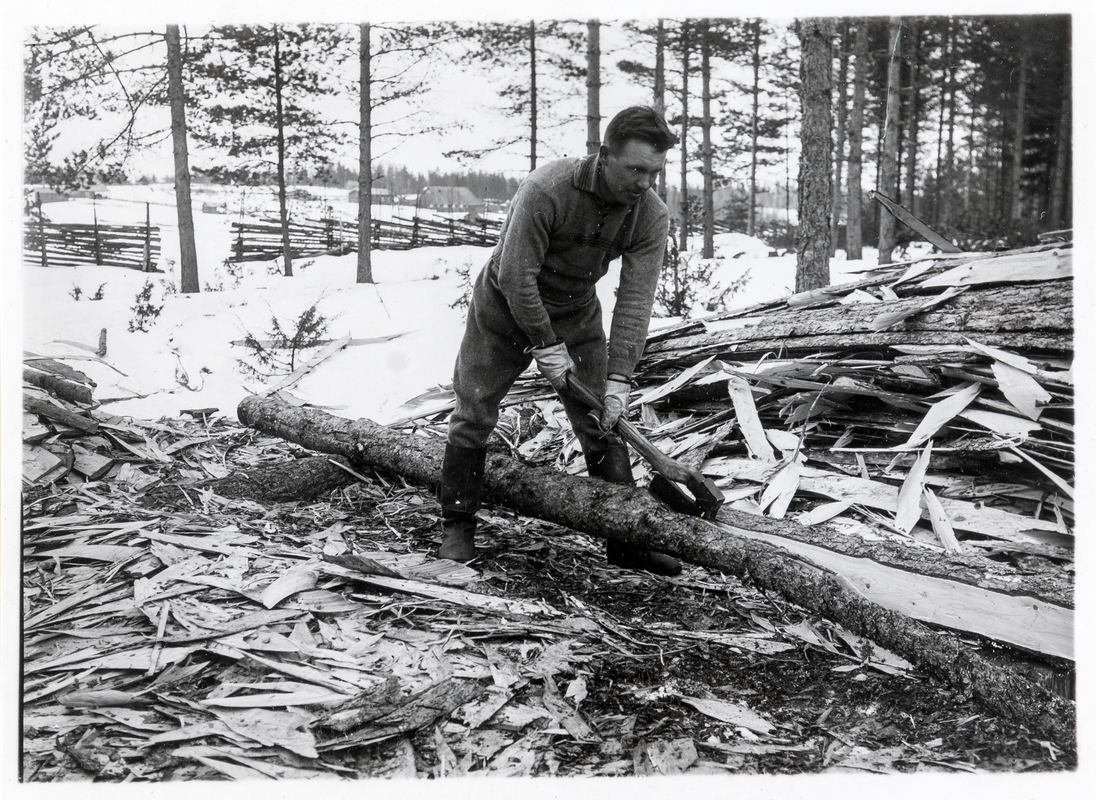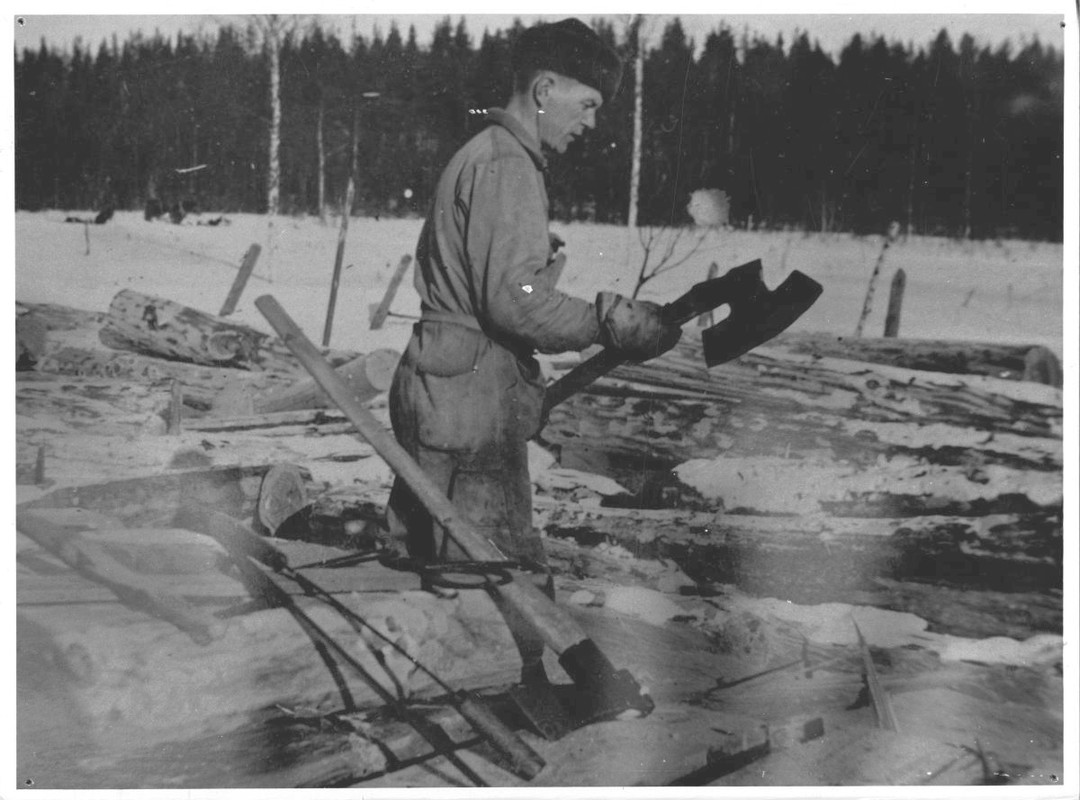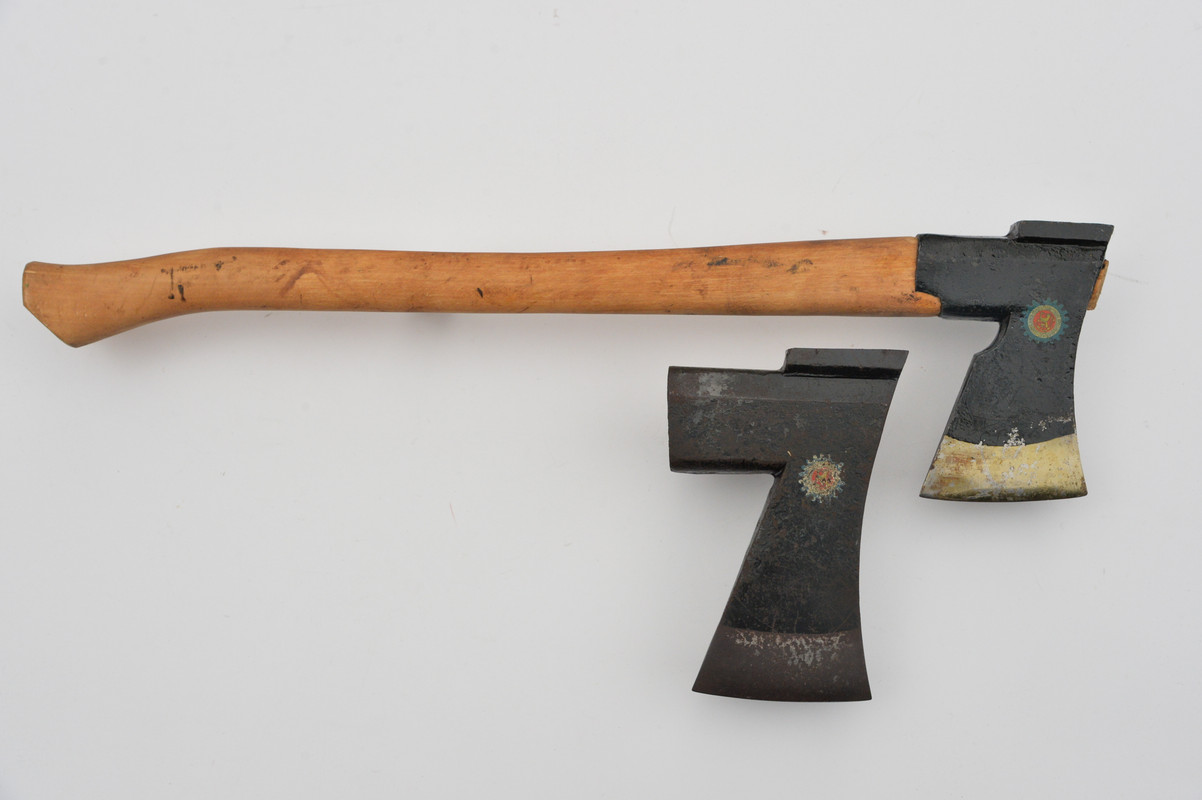Good question jake pogg! As I had no idea whatsoever about the acceptable level of wear I checked all the old Finnish wood felling manuals I have (6 pcs, from 1940 to 1957) and none of them gives a slightest hint about this
The manuals do give exact instructions about sharpening techniques and angles, but when to stop sharpening remains a mystery.
Personally, I´ve never bought an axe with a worn out cutting edge, improper shape due to excessive sharpening / wear or smashed poll. Simply put: buying battered scrap metal or severe rust doesn´t interest me, even if it is called kirves (or gun).
As for a wear template I´ve never heard of such here in Finland, but that´s just me. Hopefully somebody can help you.
The manuals do give exact instructions about sharpening techniques and angles, but when to stop sharpening remains a mystery.
Personally, I´ve never bought an axe with a worn out cutting edge, improper shape due to excessive sharpening / wear or smashed poll. Simply put: buying battered scrap metal or severe rust doesn´t interest me, even if it is called kirves (or gun).
As for a wear template I´ve never heard of such here in Finland, but that´s just me. Hopefully somebody can help you.

